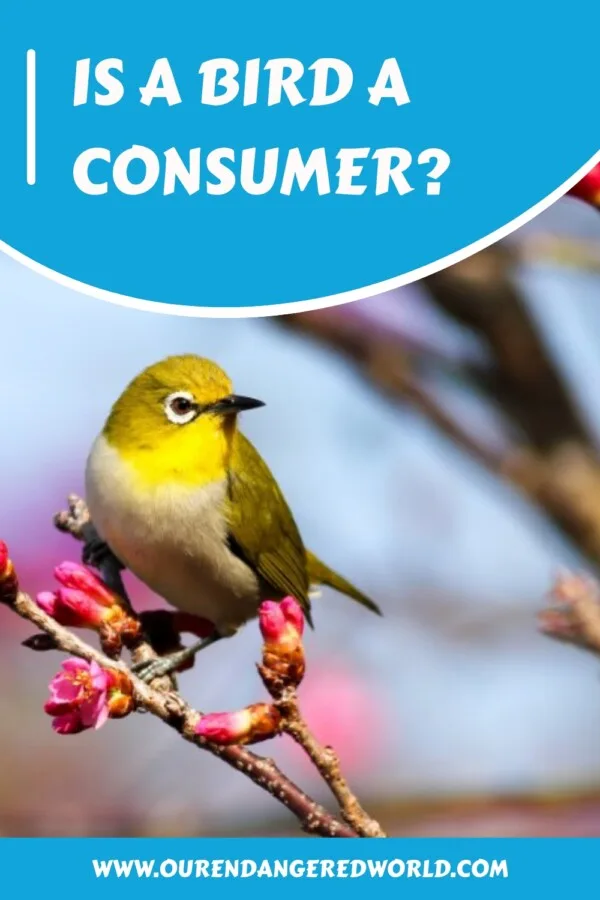Like all animals, birds are consumers, and different types of birds consume different things. For example, seagulls consume seafood while hummingbirds consume nectar from flowers. Birds are an essential part of the food chain and play a vital role in every ecosystem in which they live.
Is a Bird a Consumer? Yes, but which kind? Are all birds the same kind of consumer?
Let’s dive in and discuss birds as consumers.
Animals play an important role as consumers in the food chain. Different types of animals consume various kinds of things, which is essential for the ecosystem’s health. And there are three types of consumers: primary, secondary, and tertiary.
Primary Consumers
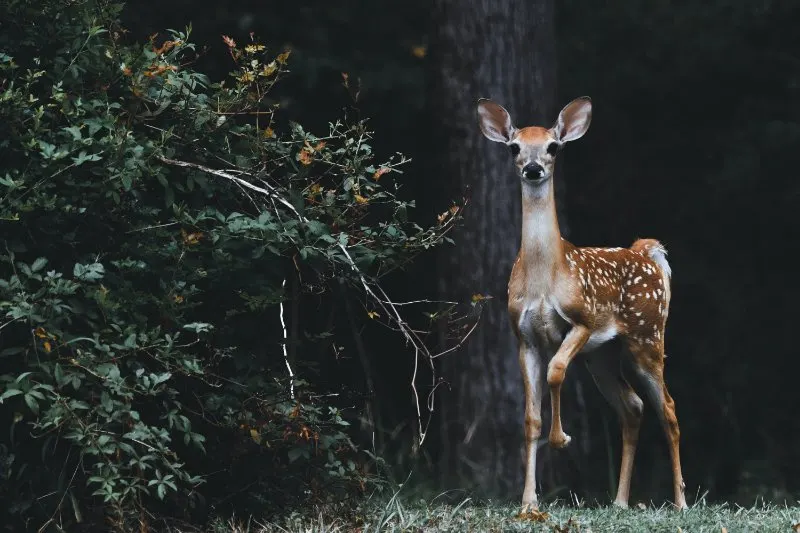
Primary consumers are the first level of consumers in an ecosystem. They are animals that eat plants matters. Primary consumers include herbivores like deer and cows.
Primary consumers are important in an ecosystem because they are the first to feed on plants and, thus, start the process of food production.
See Related: Animals With the Best Sense of Smell
Are Birds Primary Consumers?
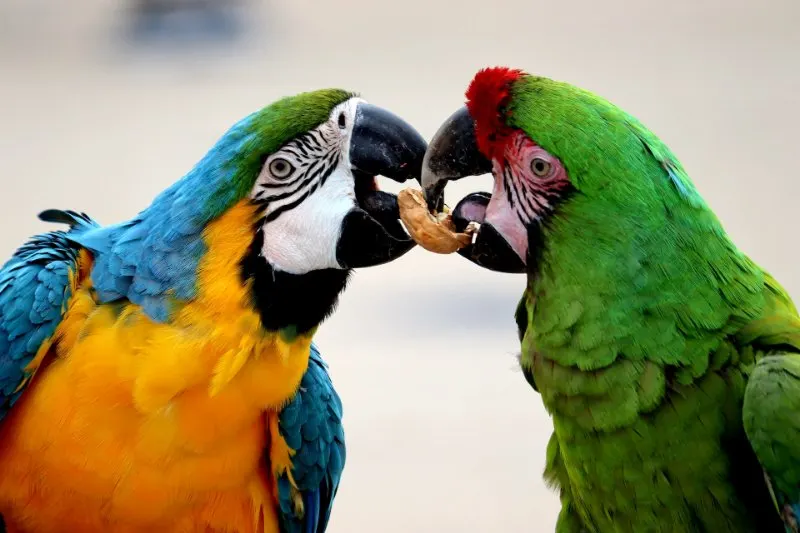
If you’re wondering if “is a bird a primary consumer,” the answer is yes, some birds are primarily. Birds that eat grains, fruit, or nectar are considered primary consumers.
These consumers rely on primary producers, such as plants, which create their food through photosynthesis and are at the beginning of every food chain.
Birds that are primary consumers in the food chain play an essential role in keeping the environment flourishing through pollination.
See Related: Are Humans Animals? 15 Things to Know
Examples of Birds that are Primary Consumers
Birds such as the cedar waxwing, mourning dove, and purple finch are primary consumers. These birds play an important role in dispersing the seeds of plants, and they help keep the populations of fruit-eating animals in check.
Other birds’ primary consumers are Finches, canaries, turkeys, quails, and sparrows that eat grains. Parrots, conures, bananaquit, masked flower piercer, barbets, thrushes, and bluebirds consume fruit, while hummingbirds and sunbirds eat nectar.
Secondary Consumers
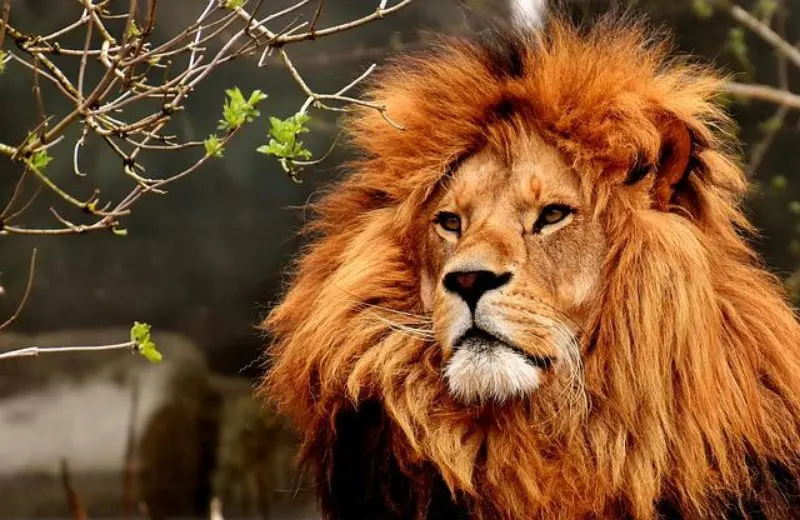
Secondary consumers are on the second level of consumers in an ecosystem. These animals are carnivorous and eat herbivores (primary consumers). Secondary can either be carnivores or omnivores.
Secondary consumers play a critical role in the food chain. These consumers help regulate the population of the primary consumer within the given ecosystem. They supply nutrients to tertiary consumers by feeding on them.
See Related: Most Interesting Birds in the World
What animals are secondary consumers?
Wondering, what animals are secondary consumers or examples of a secondary consumer?
I got you, fam.
For example, the presence of aquatic secondary consumers examples like ducks is essential for managing primary consumer populations; otherwise, the population of primary aquatic consumers would get out of hand, and producers within the ecosystem would be overused.
Other examples of secondary consumers are lions, tigers, and coyotes.
Is a Bird a Secondary Consumer?
If you’re wondering, “are birds secondary consumers?” the answer is yes. Other species of birds consume other animals as part of their diet. For example, they may eat insects, fish, or other small animals.
Ducks and geese are some of what are examples of secondary consumers.
Secondary consumer birds play an important role in the food chain by eating primary consumers and helping to control the population of primary consumers. They also help to recycle nutrients in the ecosystem. Without secondary consumers, the ecosystem would not function as efficiently.
What are some examples of secondary consumers? We’ll get right into it.
Are small birds secondary consumers?
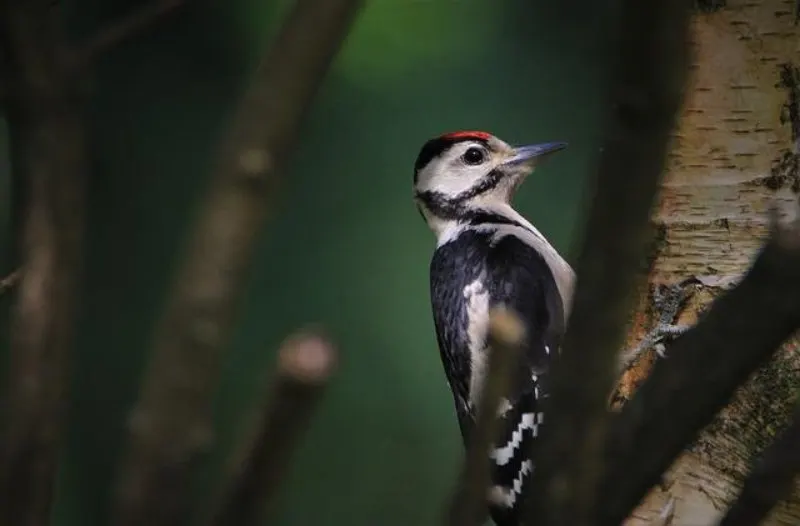
Yes, small birds are secondary consumers. Small bird species eat small insects, caterpillars, and flies. These birds are secondary consumers.
Examples of small secondary bird consumers include the woodpecker, warbler, carolina chickadee, and spruce.
Examples of Birds that are Secondary Consumers
There are many different types of secondary consumers in the bird world. Some examples include hawks, vultures, and eagles. These birds eat fauna as part of their diet.
Other birds, such as swallows and sparrows, are secondary consumers because they eat insects. Many insects are considered the primary type of consumer because they eat plants.
As far as birds are concerned, certain birds of prey and seagulls fall under this category, as well as birds like chickadees, ducks, warblers, and woodpeckers.
See Related: Ways to Save Animals from Extinction
Tertiary Consumers
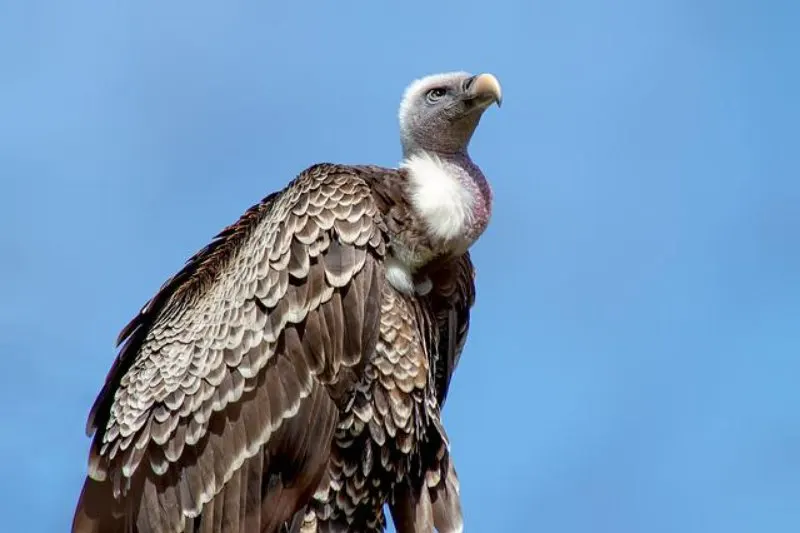
Tertiary consumers are animals that eat the meat of other animals. These consumers, known as apex predators, can be either strict carnivores that only eat consumers of meat or complete omnivores that eat both meat and plant matter. It means they eat the meat of primary and secondary consumers.
For example, a hawk is a tertiary consumer that eats birds (primary consumers) and snakes (secondary consumers).
In marine ecosystems, tertiary consumers are typically the largest fishes, such as tuna, barracuda, and sharks. These predators eat secondary consumers (fish, jellyfish, crustaceans) and primary producers (phytoplankton), which helps keep these populations in check.
Tertiary consumers are an essential part of the food chain and play a vital role in the health of an ecosystem. They help to keep the ecosystem in balance by controlling the population of their prey.
Is a Bird a Tertiary Consumer?
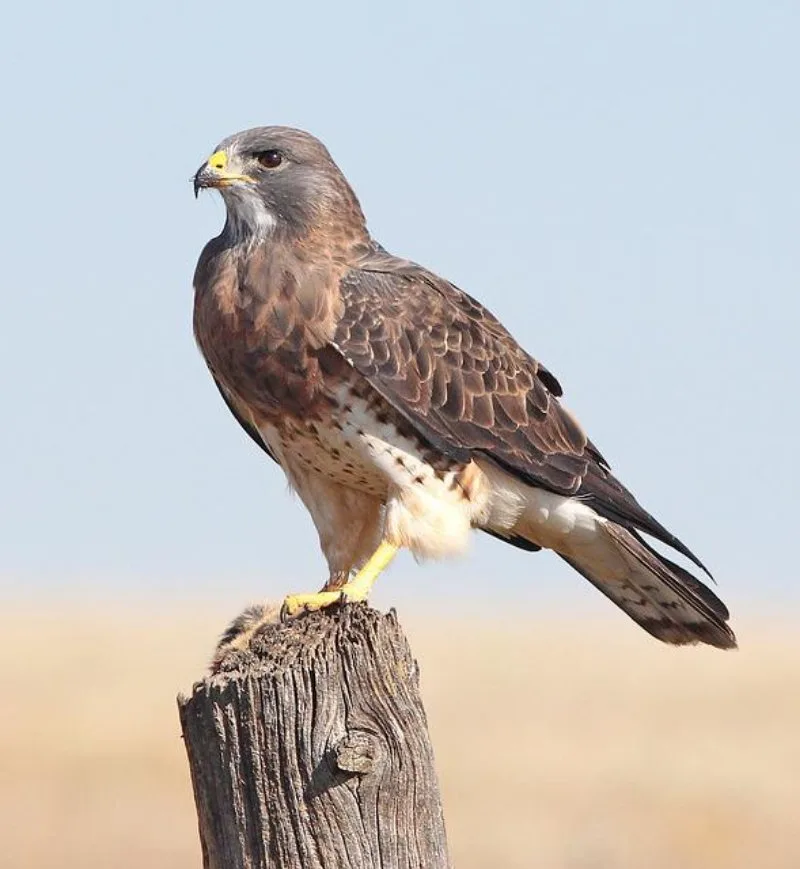
If you’re asking whether or not birds are tertiary consumers or qualify as tertiary consumers, the answer is “Yes.” There are several types of birds that are known as tertiary consumers. A tertiary consumer is an animal that eats other animals, and a consumer that eats a secondary consumer.
Examples of Birds that are Tertiary Consumers
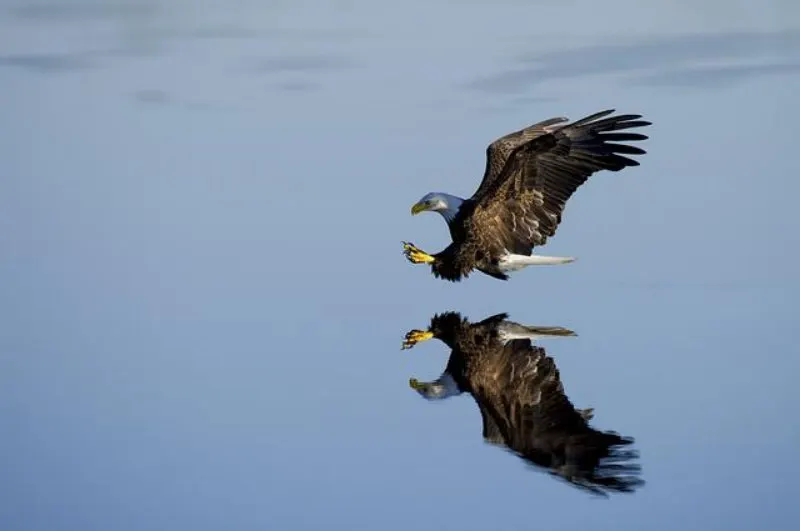
Birds such as hawks, eagles, and owls typically eat small mammals, insects, and other birds. Hawks eat rodents and other small mammals, while eagles usually eat fish, carrion, and large prey. Owls typically eat insects, small mammals, and birds.
Which birds eat secondary consumers?
Tertiary birds eat secondary consumers. Tertiary consumer birds are at the top of the food chain and need to eat something more complex than plants to stay healthy. For example, peacocks eat secondary consumers; they feed on animals such as snakes.
Species of birds with good vision, such as falcons, eagles, and hawks, prey mostly on other birds. Carnivorous raptors like owls, eagles, and hawks consume other animals, like fish, rodents, and even other birds.
See Related: How Do Animals Adapt To Their Environment?
Are Humans Consumers?

Yes, humans are consumers. Humans consume both plants and animals.
Is a human a decomposer or consumer?
A human is a consumer and not a decomposer. Decomposers like fungi and bacteria consume dead and decaying materials.
Are humans secondary consumers?
Yes – many humans are primary consumers and secondary consumers. An example of a secondary consumer is humans. The reason they do it is that they primarily serve primary and secondary customers as well as their primary producer plants.
Humans don’t produce food but help other species/plants have food through natural mechanisms such as photosynthesis.
However, humans whose diet is vegetarian are primary customers. Most humans consume tertiary foods as animals and plants feed them.
What secondary consumers do humans eat?
Among those secondary consumers, human eats are poultry and fish like tuna.
FAQs
What primary consumer is a bird?
A bird is a primary consumer. Birds are animals that belong to the class Aves, characterized by feathers, beaks, and wings. As primary consumers, birds feed on plant material and insects, playing a crucial role in the food chain by transferring energy from plants to higher-level consumers.
What types of consumers are birds?
Birds are consumers that play a crucial role in many ecosystems. They are primarily classified as omnivores, meaning they consume both plants and animals, but some species are specialized as herbivores or carnivores.
Birds also have unique feeding adaptations, such as beaks and talons, that allow them to consume a wide variety of prey and food types.
Can a bird be a decomposer?
A bird is not a decomposer. Decomposers are organisms that break down dead organic material, such as fungi and bacteria, into simpler forms. Birds, on the other hand, are typically classified as consumers, meaning they obtain their energy by consuming other organisms.
While birds may indirectly contribute to decomposition by consuming dead animals and returning nutrients to the soil through their droppings, they are not decomposers themselves.
What trophic level is a bird in?
A bird is a primary consumer in the food chain and occupies the second trophic level. As a primary consumer, birds feed on plants and insects, which are primary producers and occupy the first trophic level. Birds play an important role in maintaining the balance of the ecosystem by controlling the population of their prey and serving as prey for higher-level consumers.
Related Resources
- Five-Letter Animals to Know Around the World
- Animals That Have Gone Extinct Due to Deforestation
- Reasons Why Animals Should Not Be Kept in Zoos

